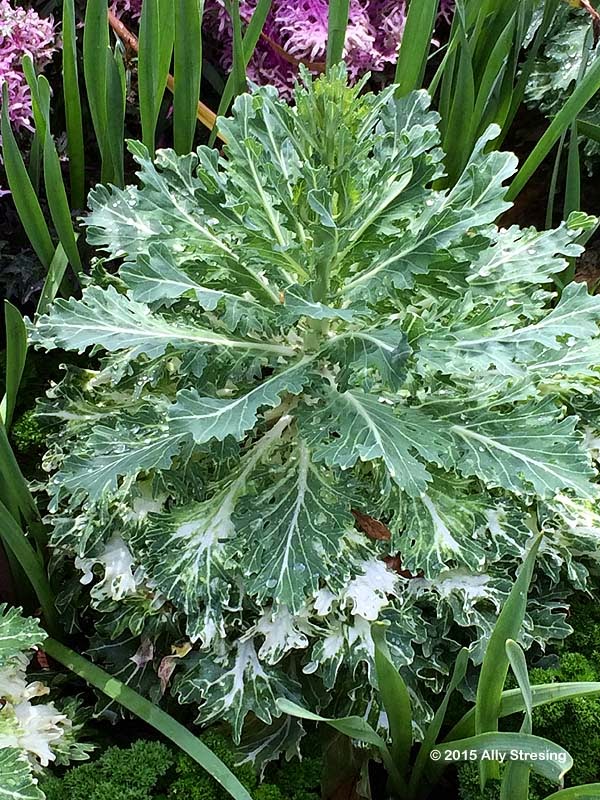With 30 years of gardening under my belt, I've experienced my share of crop failures. Pests, weather and my own stupidity are the usual culprits, but I recently encountered an unexpected problem that occurred through no fault of my own.
In my previous blog, That's Intense, I talked about my bio intensive vegetable growing project using 84 broccoli and 84 cabbage plants. The cabbage has produced very well, but I ran into a whopper of a problem with the broccoli.
I grew the Calabrese broccoli seed from the Brim Seed Company located here in Texas. This seed company was new to me, but the packaging convinced me that this would be the perfect broccoli for my southern garden.
The plants started out very normal. The seedlings were big and healthy. I was very excited about the harvest to come.
When the plants were getting close to producing fruit, I started noticing a strange discoloration on the leaves. I had never seen anything like this before and started researching the problem. Was this a virus? Was this a result of the early hard November freeze? I was baffled.
I harvested some of the formed broccoli heads, which resulted in the plants producing even more peculiar shoots.
Some of the plants were tightly formed liked cabbage and I began to wonder if I had accidentally mixed up the seedlings. When the heads began to open, I knew something was very wrong.
The heads opened to reveal a bouquet that started flowering immediately.
I've been retired for over a year now and I sell produce at the Hope Farmer's Market to supplement my income and off set the cost of my gardening endeavors. This crop of broccoli represented over $400 in sales that I could not make. Additionally, my time, water, electricity, soil and fertilizer brought my losses to over $500. Ouch!
I decided to send an email with photos to the Brim Seed Company to see if they knew what went wrong. I heard back from Terri Brim who informed me that the seed I purchased had been cross pollinated with a flowering kale species. The grower of the seed could not explain how this happened, but according to various articles on the web, it 's not that uncommon.
I recently took this picture of an ornamental kale at Bellingrath Gardens. Look familiar? I imagine a kale similar to this one may have been the culprit.
Since small backyard growers such as myself typically do not have crop insurance, when crops fail our recourse is extremely limited. I've since found out that seed companies have limited liability for the products they sell. In the end, I will probably get back the cost of the seed and nothing more. That's a heart breaking loss!
I just learned a very expensive lesson. Hopefully, you will benefit from this lesson and take this to heart: Not all seeds are created equal, and not all seed companies are created equal either.
At the end of the day, when your food and other important crops are at stake, purchase your seed from sources that you know and trust. Don't be swayed as I was by fancy patter on a seed packet.













It isn't uncommon to see an off type plant occasionally. But the whole batch being crossed is pretty bad.
ReplyDeleteAgreed. I've had a few anomalies pop up here and there over the years, but this was just crazy. Out of about 90 plants total (I grew more in my other garden), I think 2 or 3 were reasonably normal.
DeleteGreat post, Ally, so sorry about your crop - it look very strange in those photos. The one of the opening cabbage head was even kinda creepy!
ReplyDeleteIt is kinda creepy in a sci-fy alien broccoli sorta way.
DeleteOh that's so sad. You're right - if I had grown it, i probably would have a) never reached the part where it was actually 'producing' or b) would have thought I did something wrong.
ReplyDelete